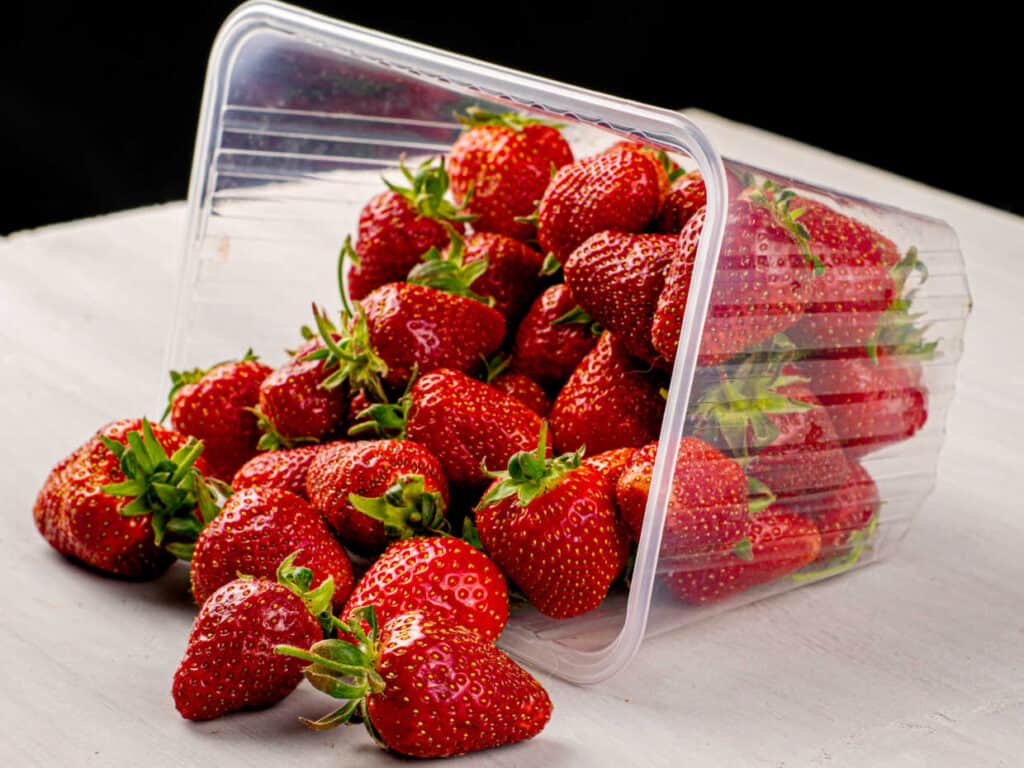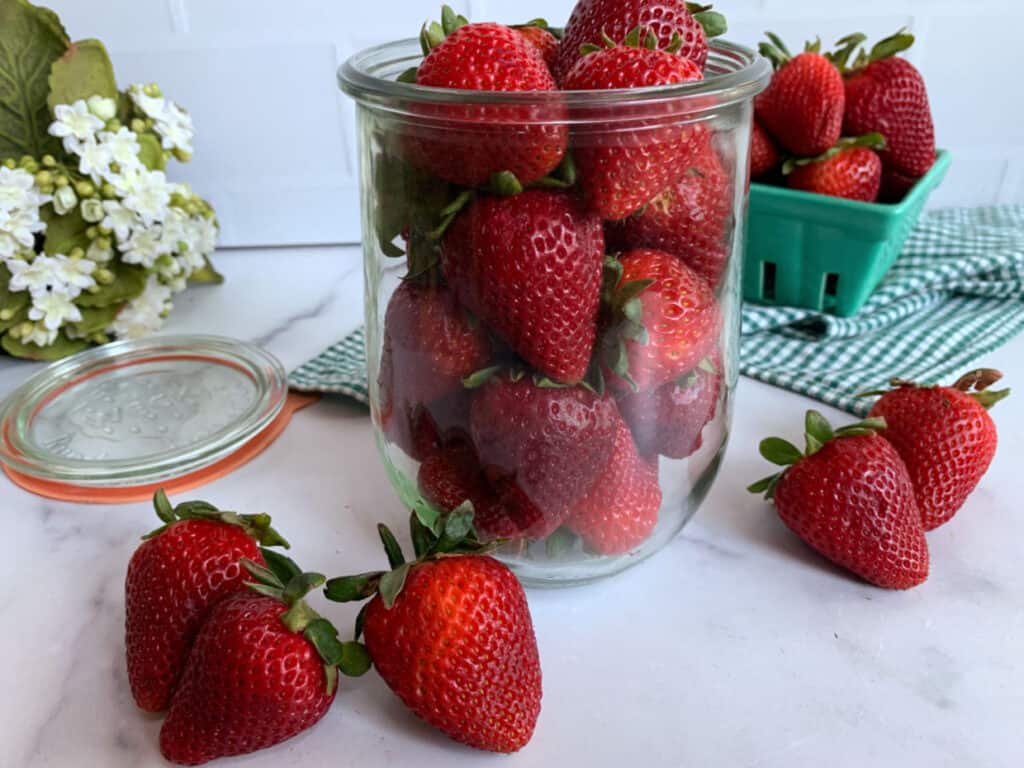Keeping strawberries fresh can be challenging; these delicious fruits can quickly lose their freshness if not stored properly. This guide provides simple and effective strategies for storing strawberries to prolong their shelf life and preserve their delectable flavor. From selecting the finest strawberries to preparing them for storage, utilize these techniques to maintain the freshness of your strawberries for a longer period.

Whether you’re aiming for short-term enjoyment or longer preservation, these simple steps will ensure your strawberries stay fresh and tasty. Get ready to explore the specifics of picking, prepping and storing these juicy delights.
Selecting fresh strawberries
When it comes to enjoying the juiciest strawberries, the key is to start with the freshest ones available. Keep an eye out for the best picks at the store, a farmer’s market or a local strawberry field. Here are some handy tips for selecting ripe and fresh strawberries:
- Look for vibrant color: Choose berries that are rich red all over, indicating ripeness. Strawberries picked before full ripeness will likely be tart with white or green tips.
- Check the stem. A green and fresh-looking stem is a good sign that the strawberry was recently picked.
- Check firmness: Press on the strawberries; they should be firm but not overly hard, signaling ripeness.
- Sniff for fragrance: Fresh strawberries have a sweet aroma, so give them a quick sniff to ensure they’re flavorful.
- Avoid bruises or mold: Avoid strawberries with bruises, mushy spots or any signs of mold, as these indicate they are past their prime.
Selecting the right strawberries is key for a tasty and satisfying treat. Once you’ve chosen the perfect berries, it’s important to handle them with care to maintain their freshness and flavor. Consider storing them properly and consuming them within a few days for the best experience.
Preparation before storage
Before stashing your strawberries away, give them a little TLC. Proper preparation ensures they stay fresh for as long as possible to avoid food waste.
Take a few moments to sort through your strawberries. Remove any damaged or overripe ones, as they can speed up the spoiling process for the others.
By investing this small effort before storage, you’re extending their shelf life and guaranteeing that your strawberries will be at their prime when it’s time to indulge in delightful strawberry desserts. So, take a few extra moments now, and you’ll be thanking yourself later when you’re savoring those perfectly fresh strawberries in your favorite treats.
Best storage practices
There are various methods to keep strawberries fresh and delicious. The most important thing is to make sure they are dry before storage. Here are some effective techniques to help you understand how to store strawberries:
- Refrigeration between paper towels in an airtight container: To keep your strawberries fresh, place them in a single layer between paper towels to soak up any excess moisture. This will prevent them from getting crushed by other berries. Store the strawberries in an airtight container to help them stay fresh and avoid spoiling. Keep the stems on the strawberries to protect the interior from moisture.
- Airtight glass jars: Remove any spoiled or bruised fruit before placing it in a jar that has been thoroughly washed and dried. Keep the stems on the berries, and do not wash or rinse. Close the lid tightly to create an airtight seal. Store the jar in the coldest part of your refrigerator. Before eating the berries, rinse them once they are removed from the container.
- Vinegar before storage: Make a solution of one part white vinegar and three parts water to remove potential mold and extend shelf life. Soak the strawberries in the solution for a few minutes, then rinse thoroughly. Thoroughly dry the berries using a salad spinner or dry them on towels. After drying the strawberries, place them in a container lined with a paper towel in a single layer and cover with another paper towel. Loosely cover the container with the lid without sealing it, and store it in the refrigerator.
- Freezing: Wash and dry the strawberries before removing the stems. If the berries are big, consider cutting them into halves or quarters. Arrange them on a tray in a single layer, ensuring they are not touching. Once frozen, transfer the strawberries to a freezer-safe bag or container. Frozen strawberries are perfect for smoothies, jam or as a refreshing snack.

I have found that keeping unwashed berries in jars is one of the best ways to keep berries fresher longer. Often berries are in rough shape once they get all the way to Alaska, so making the most of them is important to us.
— Laura Sampson, Little Frugal Homestead
Extending the shelf life of strawberries
As you use up the berries, remove any spoiled ones to maintain the freshness of the remaining berries for an extended period. Additionally, periodically replace the paper towels in the storage container and rotate the strawberries to reduce the risk of mold. These simple yet effective steps contribute to the longevity and quality of your strawberry stash.
Now you know how to store strawberries, with each of these methods catering to different preferences and needs. Choose the best method that suits your intended use and storage duration, allowing you to enjoy fresh strawberries over an extended period.
Jere Cassidy is the writer and recipe developer behind the blog One Hot Oven. A passion for all things food-related led her to culinary school to expand on her baking skills and now to sharing easy recipes for all home cooks and bakers of all skill levels. When not in the kitchen, Jere’ likes to travel far and wide to find delicious food.